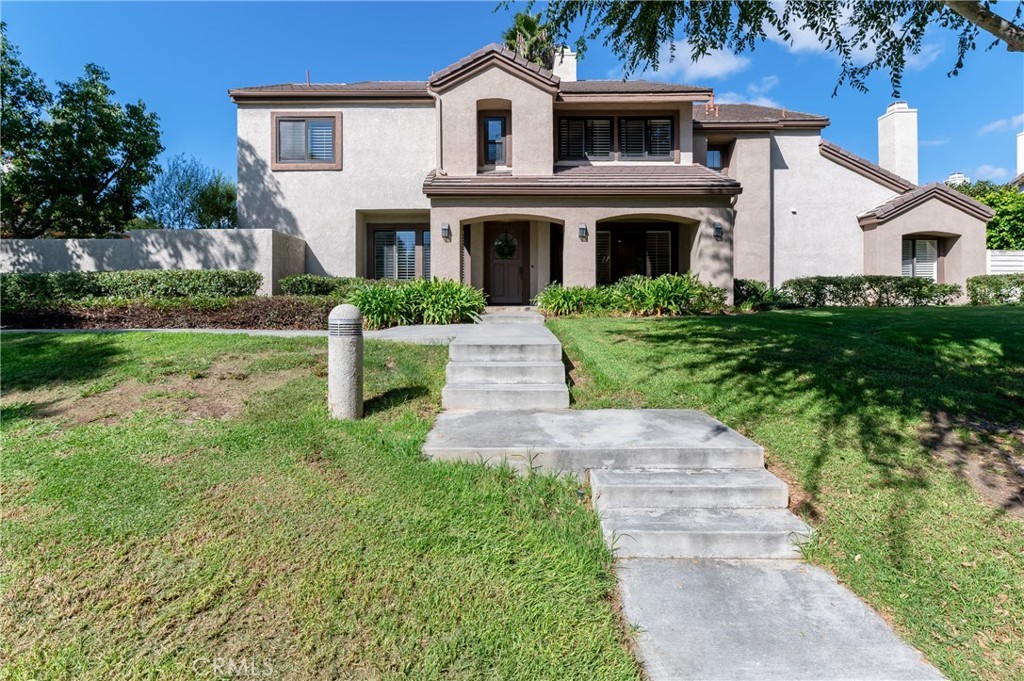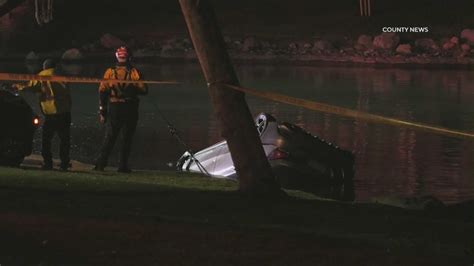East Yale Loop: Navigate Easily

The East Yale Loop is a pivotal route for commuters and travelers in the Denver metropolitan area, offering a convenient pathway through the city. This loop is part of the larger network of roads and highways that facilitate easy movement around Denver, ensuring that residents and visitors alike can navigate the city with ease. The East Yale Loop, in particular, is known for its strategic location, connecting several key areas of the city and providing access to various amenities, including shopping centers, restaurants, and recreational facilities.
Overview of the East Yale Loop

The East Yale Loop is situated in the southeastern part of Denver, Colorado, and it plays a crucial role in the city’s transportation infrastructure. This route is designed to reduce traffic congestion and provide an alternative path for drivers who wish to avoid the more heavily trafficked areas of the city. By navigating through the East Yale Loop, commuters can efficiently reach their destinations while also exploring the local attractions and services that the area has to offer. Strategic planning and urban development have been key factors in the creation and maintenance of this loop, ensuring that it remains a vital part of Denver’s transportation network.
Key Features and Benefits
The East Yale Loop boasts several key features that make it an attractive route for both locals and visitors. One of the primary benefits is its connectivity, as it links various parts of the city, facilitating easy access to different neighborhoods and commercial areas. Additionally, the loop is surrounded by a plethora of amenities, including parks, shopping malls, and dining establishments, making it a hub of activity and convenience. Efficient traffic management and well-maintained infrastructure are also notable aspects of the East Yale Loop, contributing to a smooth and safe driving experience.
| Route Segment | Distance | Notable Landmarks |
|---|---|---|
| Yale Avenue to Colorado Boulevard | 2.5 miles | Cherry Creek Shopping Center, Denver Botanic Gardens |
| Colorado Boulevard to University Boulevard | 3.2 miles | University of Denver, Washington Park |
| University Boulevard to Yale Avenue | 2.8 miles | Denver Zoo, City Park |

Navigating the East Yale Loop: Tips and Insights

Navigating the East Yale Loop can be straightforward with the right information and preparation. Familiarizing oneself with the route and understanding traffic patterns can significantly enhance the driving experience. It’s also beneficial to be aware of any peak hours or special events that might impact traffic flow. By taking these factors into consideration, drivers can plan their journey more effectively and make the most of their time on the East Yale Loop.
Future Developments and Implications
Looking ahead, there are plans for infrastructure improvements and sustainability initiatives along the East Yale Loop, aimed at enhancing the overall efficiency and environmental impact of the route. These developments are expected to not only benefit commuters but also contribute to the broader goal of making Denver a more sustainable and livable city. As the city continues to grow and evolve, the East Yale Loop is poised to remain a critical component of Denver’s transportation network, playing a vital role in connecting communities and facilitating movement throughout the metropolitan area.
What are the peak hours for traffic on the East Yale Loop?
+Peak hours for traffic on the East Yale Loop typically occur during morning and evening rush hours, from 7:00 AM to 9:00 AM and from 4:00 PM to 6:00 PM, respectively. However, traffic conditions can vary depending on the day of the week, weather, and any special events in the area.
Are there any public transportation options available along the East Yale Loop?
+Yes, there are public transportation options available along the East Yale Loop, including bus routes operated by the Regional Transportation District (RTD). These buses provide connectivity to various parts of the city, making it easier for commuters to navigate without relying on personal vehicles.
